1. Chipotle
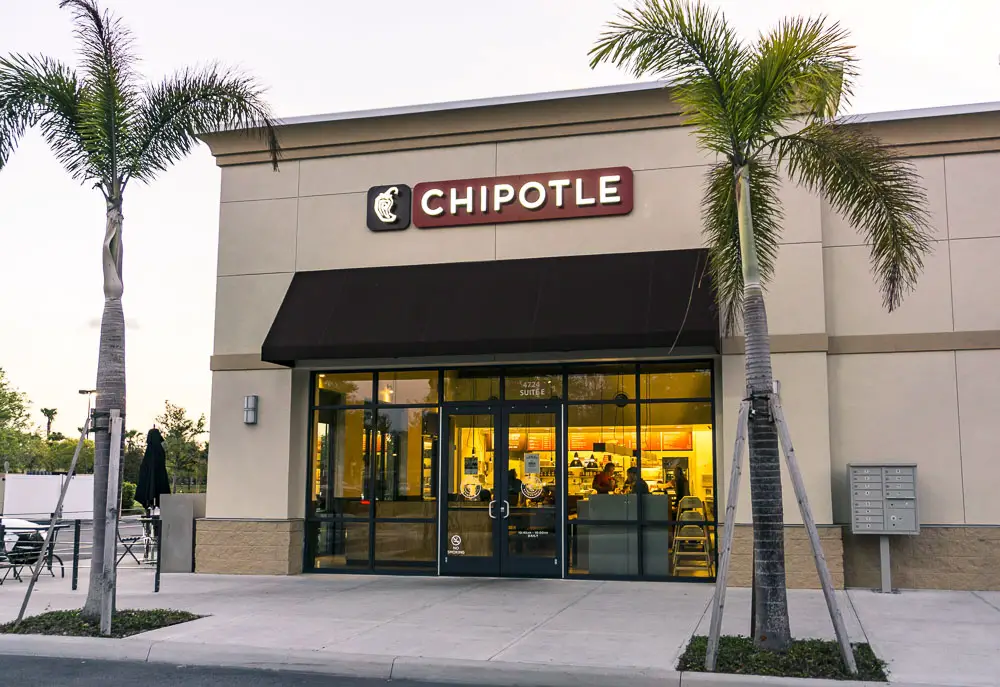
If you’ve been wondering why your burrito bowl seems a bit lighter lately, you’re not alone. Chipotle quietly adjusted portion sizes after new food waste laws in states like California forced restaurants to rethink how much food they’re tossing. Instead of making a big announcement, they simply cut back slightly—claiming it’s about consistency, but customers noticed shares Yahoo.
At the same time, they also started experimenting with compostable packaging and changing how they serve sides to cut down on waste. So while your chips might now come in a smaller bag, it’s all in the name of sustainability. The upside? They’ve also added more plant-based options, like the new Vegan Chorizo, to appeal to eco-conscious diners. It’s a balancing act, but Chipotle’s trying to stay ahead without spooking loyal fans adds Good Morning America.
2. Chick-fil-A

This famously chicken-centric chain recently made a surprising menu shift, and it wasn’t just about flavor. Due to stricter animal welfare laws in several states, Chick-fil-A began phasing out certain chicken suppliers and tweaking how their meat is sourced and prepped. That led to a change in taste that some longtime fans immediately picked up on shares WGN-TV.
Behind the scenes, they also dropped a few lesser-known sides to make room for newer, regulation-compliant items like kale crunch salad and a grilled spicy chicken wrap. There’s a bigger push now for transparency in sourcing, even if they’re not shouting about it from the rooftops. If your nuggets seem a little different, you’re not imagining it. The laws changed—and so did the nuggets shares Parade Magazine.
3. McDonald’s

Even McDonald’s, with its globally recognizable menu, hasn’t been immune to behind-the-scenes tweaks. In response to recent European-style labeling laws being adopted in some U.S. states, the chain started reducing sodium and sugar levels in a few core menu items like the Happy Meal and hamburger buns. But they didn’t exactly hold a press conference about it.
Fans in places like New York and Oregon noticed their fries were slightly less salty and the ketchup packets a bit less sweet. In addition, the McPlant burger quietly vanished from some locations due to supply chain hurdles tied to new climate-focused policies. While the Big Mac still looks the same, it’s clear McDonald’s is changing things quietly to keep regulators—and health-focused customers—happy.
4. Panera Bread
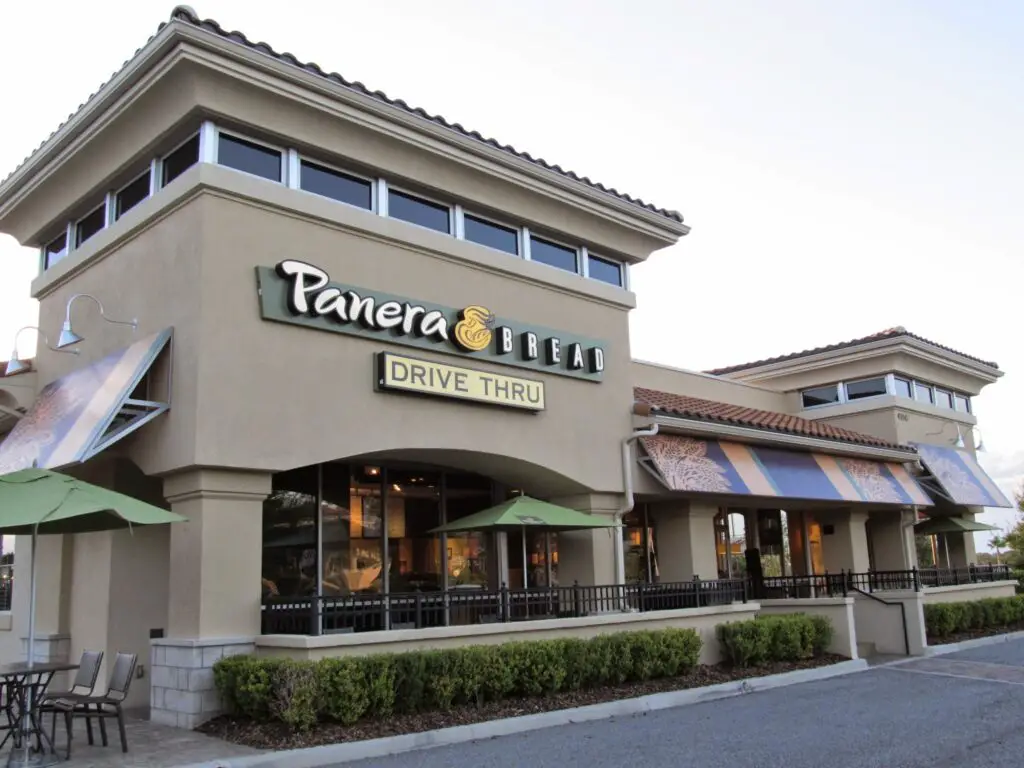
Panera has always leaned into a “clean food” image, but they took it a step further when several cities passed laws requiring detailed ingredient disclosures. Instead of navigating that minefield, they reformulated several recipes, especially soups and salad dressings, to eliminate preservatives and additives that were hard to explain.
The broccoli cheddar soup, for example, tastes a little more “homemade” now—but that’s because it had to be. Some artificial thickeners and colorings got the boot, even though Panera didn’t make a huge deal out of it. They also cut down on menu size in select locations to comply with new calorie-cap proposals. The goal seems to be: make it simple, keep it clean, and avoid raising any red flags.
5. Taco Bell

When California started cracking down on food packaging waste, Taco Bell had to rethink more than just their wrappers. They went back to the drawing board with how some of their items are constructed—meaning a few tweaks to ingredient assembly and size. The result? Some tacos and burritos are now a bit smaller and more tightly packed.
They also phased out certain combo meals that were notorious for leftover waste. On the plus side, they’ve introduced customizable options that let you skip the cheese or reduce meat, catering to new plant-forward regulations and preferences. You might’ve thought your Crunchwrap Supreme felt different—it probably did. The laws may be strange, but Taco Bell’s strategy is clever.
6. Olive Garden
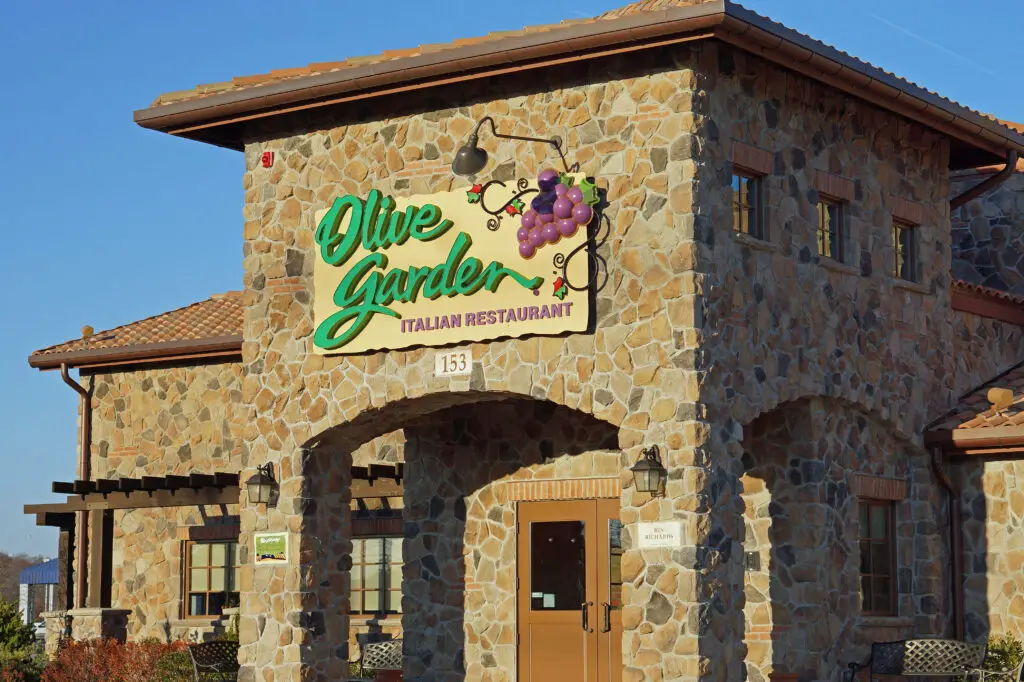
Your endless breadsticks haven’t disappeared—but they are slightly different. Olive Garden had to respond to new sodium disclosure rules by reducing salt in popular items, especially in breadsticks and soups. It’s subtle, but longtime diners noticed the change in flavor.
They also quietly swapped some imported ingredients for domestic ones due to food origin labeling requirements in certain states. That means the cheese in your Alfredo might be local, not Italian, though it still melts just fine. Even the salad dressing recipe got a minor update to remove artificial emulsifiers. All the changes are hush-hush, but they’ve definitely happened.
7. Subway
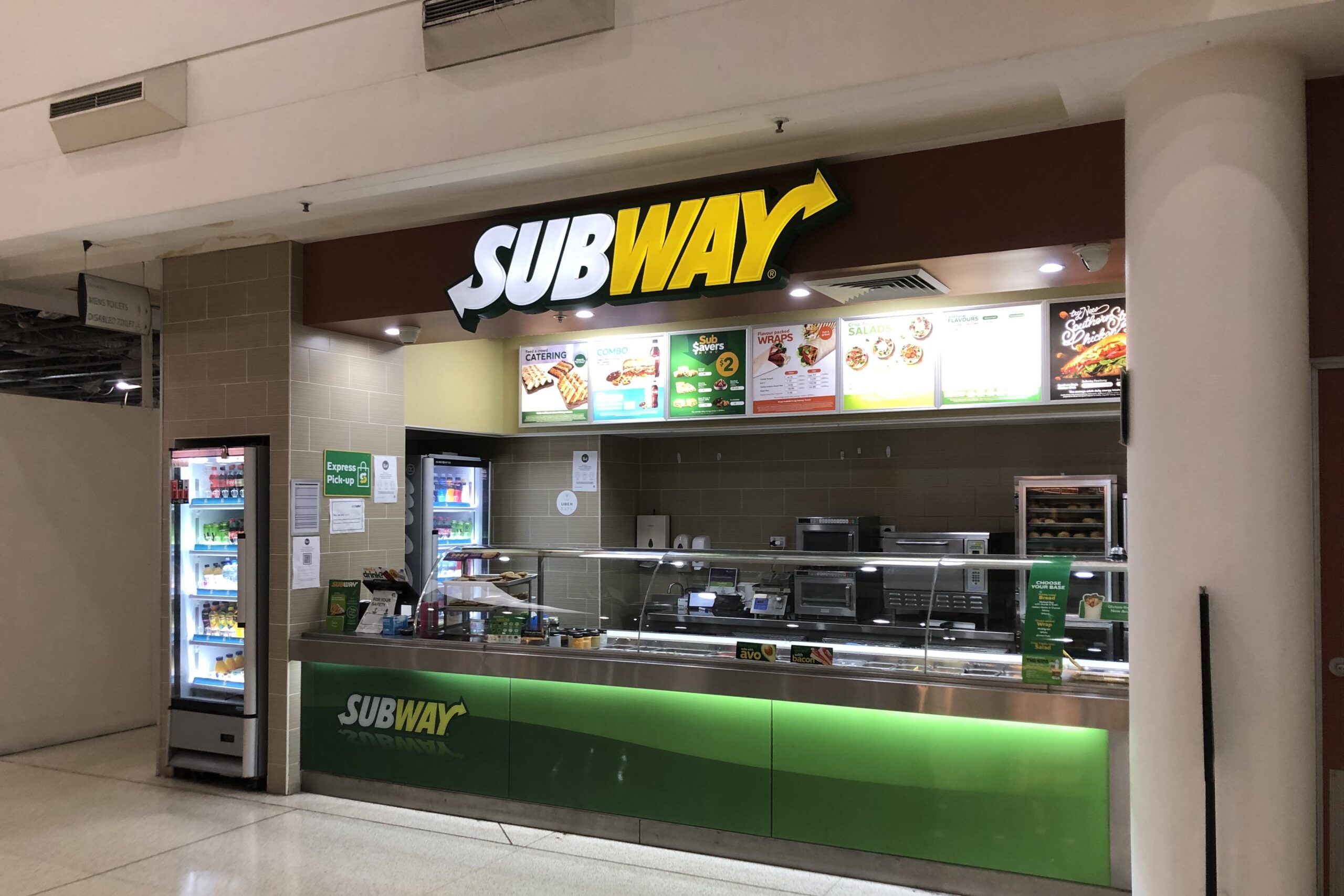
Subway’s made headlines before for ingredient controversies, and now they’ve been caught in the wave of labeling and sourcing laws. To avoid listing hard-to-pronounce additives, they reformulated several sauces and sandwich fillings. The honey mustard and sweet onion sauce, in particular, taste just a touch different now.
In some states, they also adjusted bread recipes to fit new definitions of “fresh” under legal pressure. The result is a slightly firmer, less sugary roll that some sandwich fans haven’t quite warmed up to yet. Meanwhile, behind the counter, meat slicing was introduced to appease transparency guidelines. You might not notice everything, but the footlong has definitely evolved.
8. Starbucks
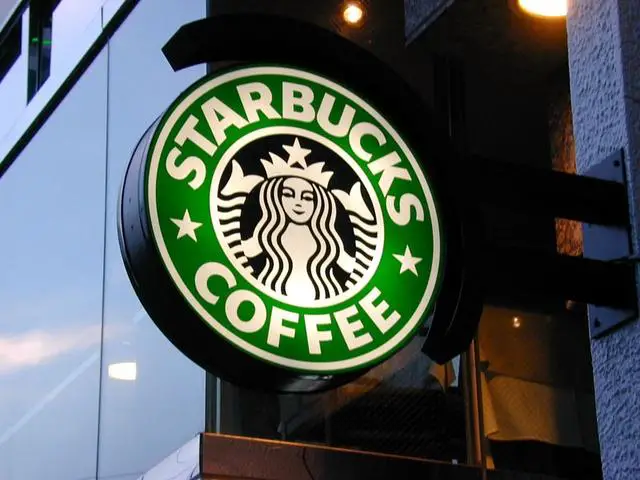
It’s not just your imagination—your Starbucks drink is different in some locations. In response to environmental packaging laws, they’ve shifted to strawless lids, wooden stirrers, and new paper cup linings that affect temperature and taste. Plus, they’ve reformulated syrups to meet sugar limits in states like New York.
The vanilla latte you love may have fewer pumps than before, but they won’t tell you unless you ask. And in Oregon and Washington, dairy-free options like oat and almond milk are prioritized thanks to emission-reduction incentives. All of this is being rolled out gradually to avoid a backlash. If your drink order seems off, there’s likely a law behind it.
9. Domino’s

Domino’s has always been quick to adapt, and when new legislation around sodium, labeling, and food waste emerged, they made a few quiet pivots. The garlic sauce was altered to cut back on sodium, and the pizza crust now includes less sugar in several states.
Even topping portions were adjusted ever so slightly to reduce food waste and help with calorie disclosures. If your pepperoni pizza feels a bit lighter, it’s not just you. They also began offering fewer dipping sauces per order to comply with packaging limits. Most customers don’t notice the changes, but longtime fans definitely can tell.
10. Wendy’s

Wendy’s has been making stealthy changes in response to new transparency and animal welfare laws. Their burgers now use slightly different cuts of beef in select states to match updated sourcing requirements. While it’s still fresh, never frozen, the texture and taste have subtly shifted.
Their breakfast menu also got an overhaul, particularly in states with added-sugar limits. Syrupy croissants and biscuits were toned down, and iced coffees were reformulated. It’s all part of a quiet effort to align with evolving food policy without rocking the boat. Wendy’s is still square-pattied and spicy—but with a few secrets under the bun.
11. Cracker Barrel

Cracker Barrel is as traditional as they come, but even they couldn’t escape new food safety and allergen disclosure laws. They recently reformulated a handful of popular dishes like the meatloaf and mac ‘n’ cheese to cut down on ingredients that trigger labeling red flags. The recipes were adjusted to reduce dairy content and artificial binders.
Meanwhile, they downsized some breakfast platters and quietly swapped out butter blends to meet trans fat restrictions. You may not notice at first glance, but your taste buds probably did. There’s also been a slow introduction of plant-based and gluten-free items that meet new state-level menu requirements. The country charm is still there—just with a few behind-the-scenes tweaks.
12. Dunkin’
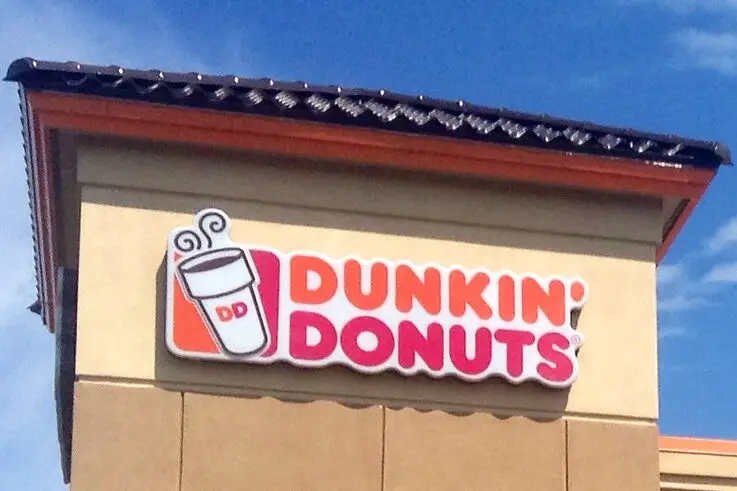
Dunkin’s donuts look the same, but they’re not quite the same under the hood. Due to new oil disposal and labeling laws, the chain started using a different blend for frying that’s a little lighter. That means the texture of the classic glazed donut has subtly changed, even if the glaze is still sweet and sticky.
In states with stricter sugar limits, flavored coffee drinks were rebalanced with fewer syrups and more milk. And in response to compostable packaging requirements, Dunkin’ introduced new cups and lids that keep drinks warm—but affect the mouthfeel. It’s still your morning Dunkin’, just a bit reimagined to keep up with rules that weren’t there five years ago.
13. Red Lobster

Red Lobster may be known for seafood, but even they had to make changes after new seafood traceability laws took hold. They now source much of their shrimp and lobster from domestic or certified suppliers, which means the taste and texture might vary slightly from what regulars remember.
They also revamped their biscuits to eliminate certain preservatives no longer allowed under new state food safety laws. And those beloved combo platters? A few disappeared or changed portion sizes to align with new calorie-count regulations. Red Lobster hasn’t shouted about the changes—but if your Cheddar Bay biscuits seem a bit fluffier, now you know why.
